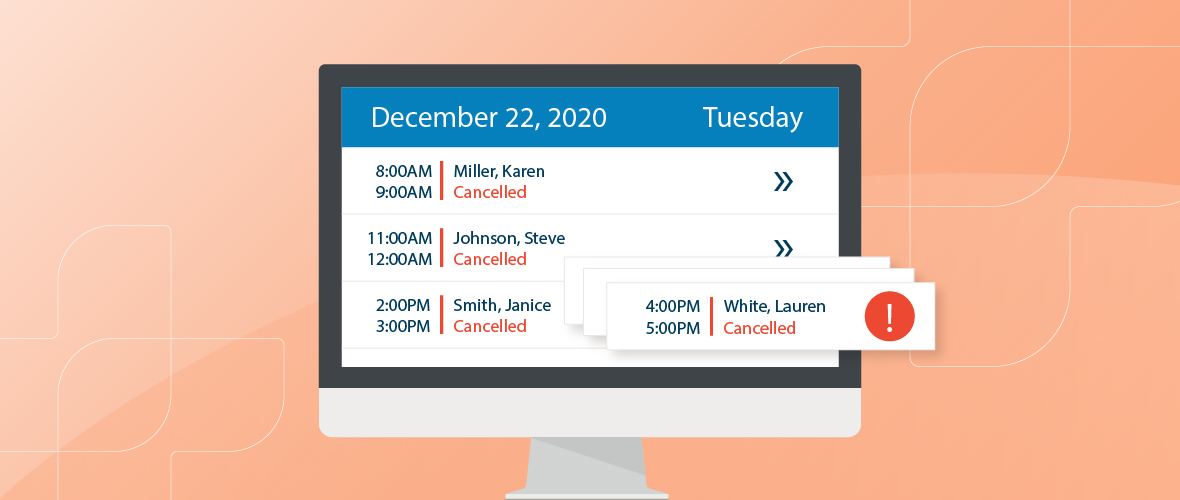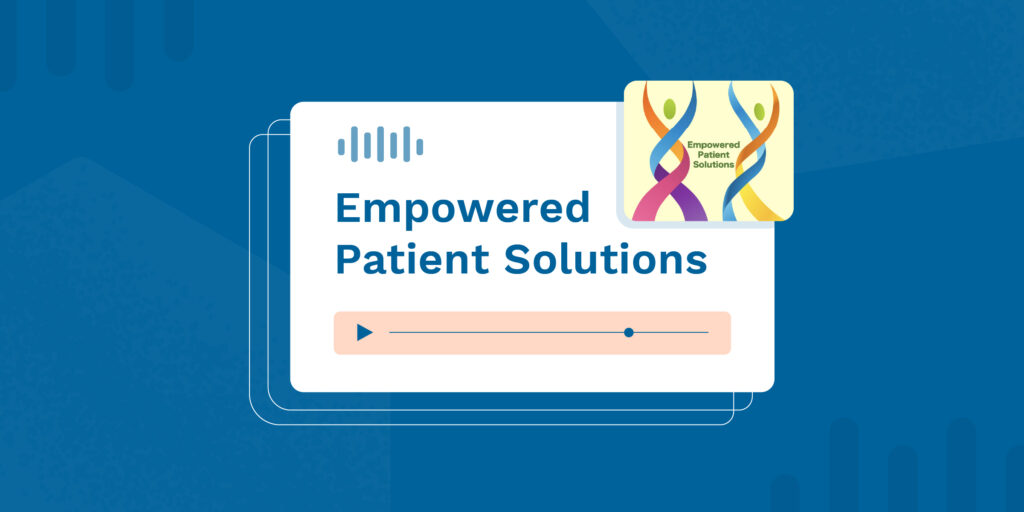Scheduling patients for provider visits was challenging long before COVID-19. Studies by Health Management Technology found that missed appointments cost the healthcare community $150 billion per year. Not to mention the “soft” dollar costs that come when patients don’t receive needed care. By not staying on course, patients are at higher risk for complications, poor treatment and medication adherence, increased visits to the Emergency Department, and hospital admissions.
Not surprisingly, no shows increased during the pandemic, with a corresponding increase in health concerns. According to the Primary Care Collaborative, 37% of primary physicians report that patients with chronic conditions are in “noticeably worse health resulting from the pandemic.” More than half (57%) of surveyed providers believe negative health outcomes are due to delayed or inaccessible care.
Why patients don’t show up
Prior to the novel Coronavirus, the list of reasons for missed appointments was long and varied:
- Financial stress. Not being able to afford care or challenged by high deductibles and coinsurance.
- Convenience. Unable to take time off from work, find child care, and other schedule conflicts.
- Transportation. Applies mostly (but not entirely) to patients who rely on public transportation to get to and from healthcare appointments.
- Emotional distress. Afraid of hearing bad news from their provider.
- Other. Inclement weather, forgetting the appointment, confusion about the date, time, or location, and not feeling well enough due to a related or unrelated illness.
Beginning in the spring of 2020, another reason was added to the list: fear of exposure to COVID-19.
Change behavior with technology
While the Coronavirus has increased hospitalizations, visits to ambulatory practices fell almost 60% by April. Appointments have increased since then, but are still about 30% lower than pre-pandemic numbers. So it’s not surprising that data from a study conducted during the 10-week period between March 16 and May 31 showed a 31% rate of cancellations. However, there is a silver lining—during that same period, cancellation rates for telehealth visits were nearly zero.
Telehealth isn’t new, but its use exploded as the pandemic continued through 2020 and into 2021. The Primary Care Collaborative result found that more than two-thirds of providers are seeing patients with chronic conditions virtually and 60% use telehealth for mental health visits.
Telehealth appointments are not a universal solution, since some care requires in-person examinations, assessments, or treatments. However, telehealth is ideal for many follow-up visits or when medical equipment is available at the patient’s home (e.g. blood pressure cuff, scale, glucometer). Having telemedicine as an easy option can alleviate many of the reasons patients don’t keep appointments.
Another way technology can improve patient attendance is through automated appointment reminders, specifically SMS (Short Message Service, aka text messages). Creating and sending text message reminders are inexpensive, easy to customize, and widely available. In fact, 88% of healthcare providers are already using text messages to remind patients about appointments.
Text messages are also proven to improve patient engagement, which drives better attendance:
- 62% of patients prefer to receive text communications from their providers
- 70% of patients say they are more likely to see a doctor who offers text appointment reminders
- Text message reminders reduce appointment no shows by 70%
Your best bet: patient engagement tech
Missed appointments cost your practice and your patients. However, more providers are turning to technology to reduce no shows. RXNT’s Practice Management software has the tools to let you easily schedule telehealth and in-person appointments, send automated patient reminders, and efficiently manage practice resources. Reserve an easy, no-obligation demonstration to see how you can minimize cancellations now and post-pandemic for just $2 per day.
Enjoyed this article? You may also be interested in Front Office Tech: 4 Must-Haves for an Optimized Practice.




